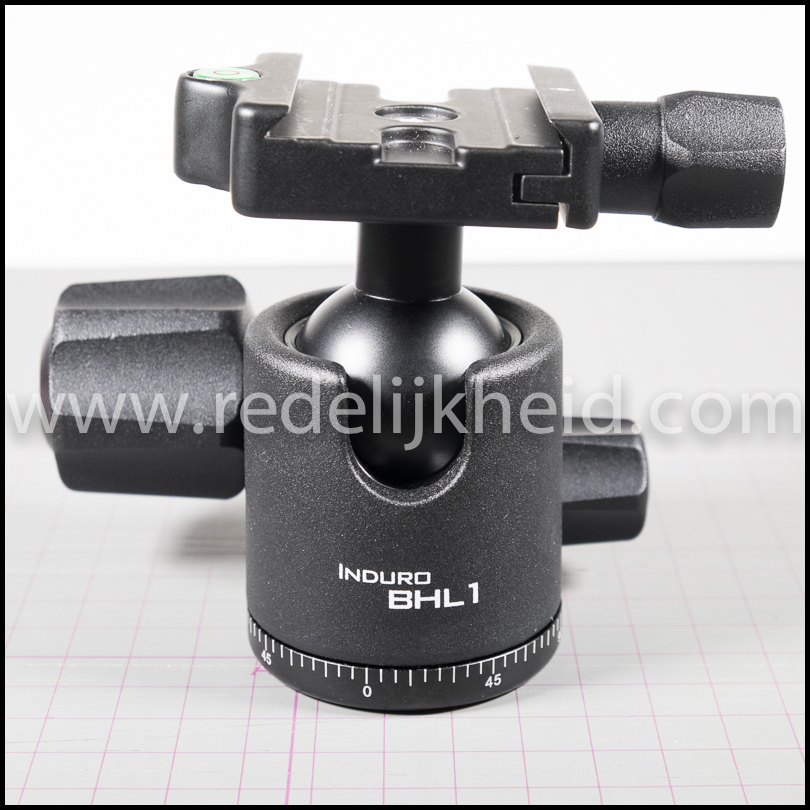A couple of years ago I bought the Arca-Swiss Z1 Monoball (with flip-lock) to support my Nikon D300 with several lenses. An excellent ballhead which would last you a life time (that's what I said at the time). And that statement is still valid, IF I was still shooting with (large) DSLR's. In the mean time I sold my DSLR and went for something a bit more compact with the Fujifilm X-T1.
Scaling down on the camera part means that I can also scale down the accessories. A smaller and lighter camera doesn't need a beast like the Arca-Swiss Z1 Monoball for tripod support. Something smaller and lighter (and cheaper) would also suffice.
Induro Ballhead BHL1
Looking around on the Internet I ran into the Induro brand. They make tripods, monopods, and (ball)heads. The one I got is their smallerst BHL ballhead (BHL1).
It's relatively small (compared to the Arca), and about 200grams lighter, while it's still capable of bearing a 20kg load. Not that my current gear comes even near that weight.
It also has the main features of the Arca-Swiss Monoball. Nice bog knobs, with variable friction setting. It also comes with a all-round camera plate (PU60), and a nice bubble-level. The latter is kinda small, so I don't know if it's very usable in the field.
I use the included PU60 plate on my Nikon P7000 P&S camera if necessary. The Wimberley P-5 is my preferred plate under my M9. The Fuji X-T1 is using a Really Right Stuff L-Plate (BXT1). I tested the PU60 on my M9, but even with the rubbery pads on the plate, I could still easily rotate the plate under the camera. This doesn't happen when I use the Wimberley P-5 plate.
This shouldn't be a problem in everyday use, but when you want to do some long-exposures, you don't want the camera to move around the plate itself.
The following photos might give you some idea of the ball head with the included PU60 plate.
The tension on the ball is adjustable (by the 'wheel' in the large knob. It allows you to maintain movement of the ball head, but when you let go of the camera, it stays in the position when you let go. The adjustment can be done with the tip of your finger. If that is hard, you can also use a small coin (or screwdriver) to adjust the friction setting.
It also features a locking mechanism that makes sure that you don't accidentally 'loose' the camera when moving around. This might happen when you loosen the plate. One condition is that the plate attached to the camera has 'stop screws' on the bottom. If these are present, you need to pull and turn the release knob. After that you can safely remove the camera from the ball head.






